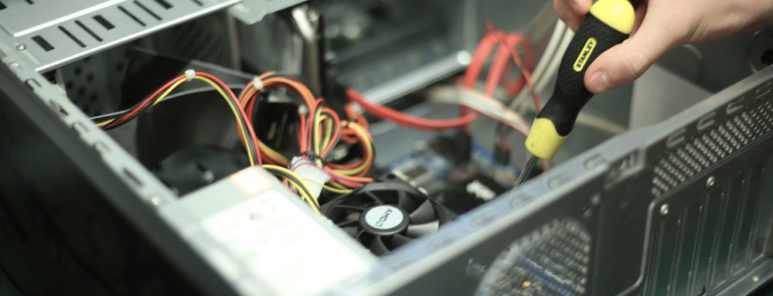South Yorkshire’s fire service has become the first in the country to test the connectivity from its control room to a new national network which will transform the way emergency services operate.
South Yorkshire Fire & Rescue is a lead organisation for the new Emergency Services Network (ESN) critical communications system and worked with the Home Office on approval for its Systel mobilising system- the software it uses to send fire engines to emergencies- to connect to the new network.
This achievement represents big progress for the cross-government programme, which will replace the current Airwave service which firefighters and other 999 workers use to communicate with each other at emergencies.
Chief Fire Officer Alex Johnson QFSM, said: “We’re proud to be playing a leading role in supporting the roll out of the biggest transformation in emergency services communication in a generation. Our position as a lead organisation for the technology within the fire and rescue service confirms the skill and expertise of our ICT and Control room staff, as well as the resilience and security of our systems.”
ESN will transmit fast, safe and secure voice, video and data across the 4G network and give first responders immediate access to life-saving data, images and information in live situations and emergencies on the frontline.
Around 300,000 frontline emergency service users will depend on ESN, using handheld devices or operating equipment in 45,000 vehicles, 66 aircraft and more than 100 control rooms.
David Topping, Control Rooms Technical Lead for the Emergency Services Mobile Communications Programme, said: “We are pleased to have worked effectively with our colleagues in South Yorkshire’s fire service to reach this point. We all look forward to demonstrating the capability of ESN integrated with the Systel mobilising system over the coming months.”
Investment in ESN will also mean improvements to 4G network coverage, which will enable 999 calls to be made from mobile phones in some of the most remote and rural parts of Great Britain.
ESN’s high-speed mobile technology will mean communication between the emergency services will take priority over all other network traffic, even at peak times in busy urban locations. It will mean the emergency services and other first responders can share vital data, information and expertise quickly and securely from the frontline when it is needed most.
It will give the emergency services access to the latest mobile communications products and applications as soon as they come on stream. They will be able to choose what meets their unique operational requirements from the tools and technologies available.
The software that ESN runs on is being provided by Motorola Solutions and the infrastructure is being built by EE, including deploying more 4G masts in rural areas.

